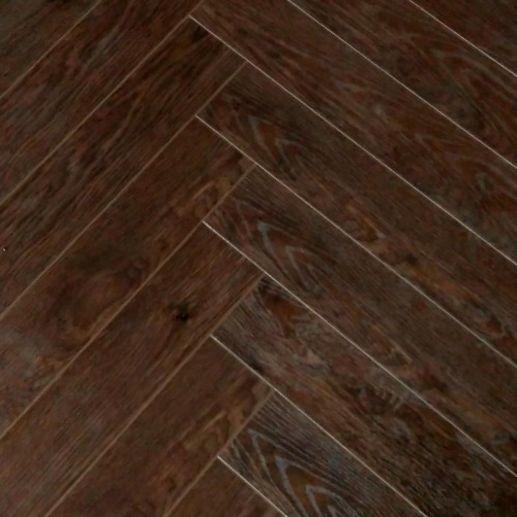Installation guides for herringbone floor

We should talk hardwoods! You know I’m an enormous hardwood flooring fan and it was presumably nothing unexpected to see us beginning the floor in my office following completing the visitor washroom reno. Emmett and I are intending to supplant the past built hardwoods (that were not so good) all through the principle level of our home with these exquisite strong hardwoods… in a herringbone design! In both of our past homes, we’ve generally restored the hardwood flooring, so it was another test supplanting our rug and introducing hardwoods from the earliest starting point of the procedure. It really was MUCH simpler than both Emmet and I anticipated. Since we’re not exactly prepared to remodel the workplace right now, we’re holding off on putting in new baseboards and millwork, yet it looks mind boggling and I’m as of now excited with the outcome (presented previously). Navigate for the total instructional exercise on the most proficient method to introduce herringbone hardwood flooring. Obviously there are likewise before pictures, a video, my structure thinking, and our arrangement of assault for completing the rest of the ground surface.
The deck in our house is 90% floor covering. There is A LOT of it, and lamentably this style is simply not my jam. It’s dull, substantial, isn’t wearing admirably with our profoundly dynamic mutts (despite the fact that it’s generally new), and adds to the general developer grade vibe this house has inside. We’ll in the long run supplant the floor covering with cover in the storm cellar and rooms (since I really like comfortable rug), yet for the most part wherever else-you can hope to see this stunning herringbone hardwood.
I’m somewhat of a material perfectionist… the attempted and genuine, great choices are forever my first inclination. This strong hardwood is tongue-and-section, is ¾” thick (one strong bit of wood), and is the genuine article. It tends to be restored over and over again as it normally wears and patinas. It will never should be supplanted, it will truly last 100+ years, it feels solid and strong underneath (it doesn’t give by any means!), and will build the resale estimation of our home sometime in the not so distant future. The variety found inside characteristic hardwood likewise underscores the herringbone design superbly which is actually what I was searching for.
Floor covering is shockingly simple to evacuate. I really handled this piece of the undertaking. I just began in a corner, pulled it up, and turned it off the beaten path.
We’ll in the long run include new baseboards, so we weren’t excessively cautious with those during demo. Once those were removed from the divider, we were prepared to prepare the zone for hardwood.
Introduce the material felt. Next you’ll need to unroll the roofers felt and staple it down to the subfloor. This will make a decent dampness hindrance between the subfloor and hardwood.
Set up the format and locate the focal point of the room. When you’ve figured out which bearing your herringbone example will run, you’ll need to locate the middle. That is the place you’ll start, at that point work out. You can stamp the floor with a chalk line or whatever is least demanding!
Emmett cut a bit of sponsor board to a 90 degree triangle that we utilized for a dance… otherwise known as, layout piece. Ensure you screw the dance down so once you begin laying the hardwood, it doesn’t move. Trust me when I state, it will be VERY awful if the example gets off course. You’ll wind up making a million cuts.
Utilizing a roundabout saw (we simply utilized our current Dewalt miter saw), slice the hardwood pieces to estimate. Emmett set the saw so it would make the equivalent reliable, exact cut for each piece… . it’s a lot quicker than estimating each board. He additionally cut a whole box at once to quicken the establishment procedure.
Switch the closures. Utilizing a switch with a tongue and section bit, switch a score into both short parts of the bargains. This guarantees they lock together appropriately.
Push two bits of wood opposite to one another, locking the tongue-and-section, facing the dance.
Evacuate the dance and screw it into place on the following column. Work your way down toward the contradicting divider similarly as you did with the main line.
Fill in the corner pieces. When you have most of the hardwood introduced, you’ll have to cut littler pieces for the edge of the room. These can be difficult to squirm in, so you’ll need to cut them just somewhat littler, so they go in simpler and take into consideration extension and withdrawal. You don’t need them to fit excessively tight!
On the off chance that you have an edge or any completing pieces, this is an ideal opportunity to include them! Since we’ll be tiling the portal alongside the workplace, we just ran a straight line of hardwood between the door frame, for a completed look. Contingent upon what tile we pick, we can in the long run swap that for a legitimate edge!




